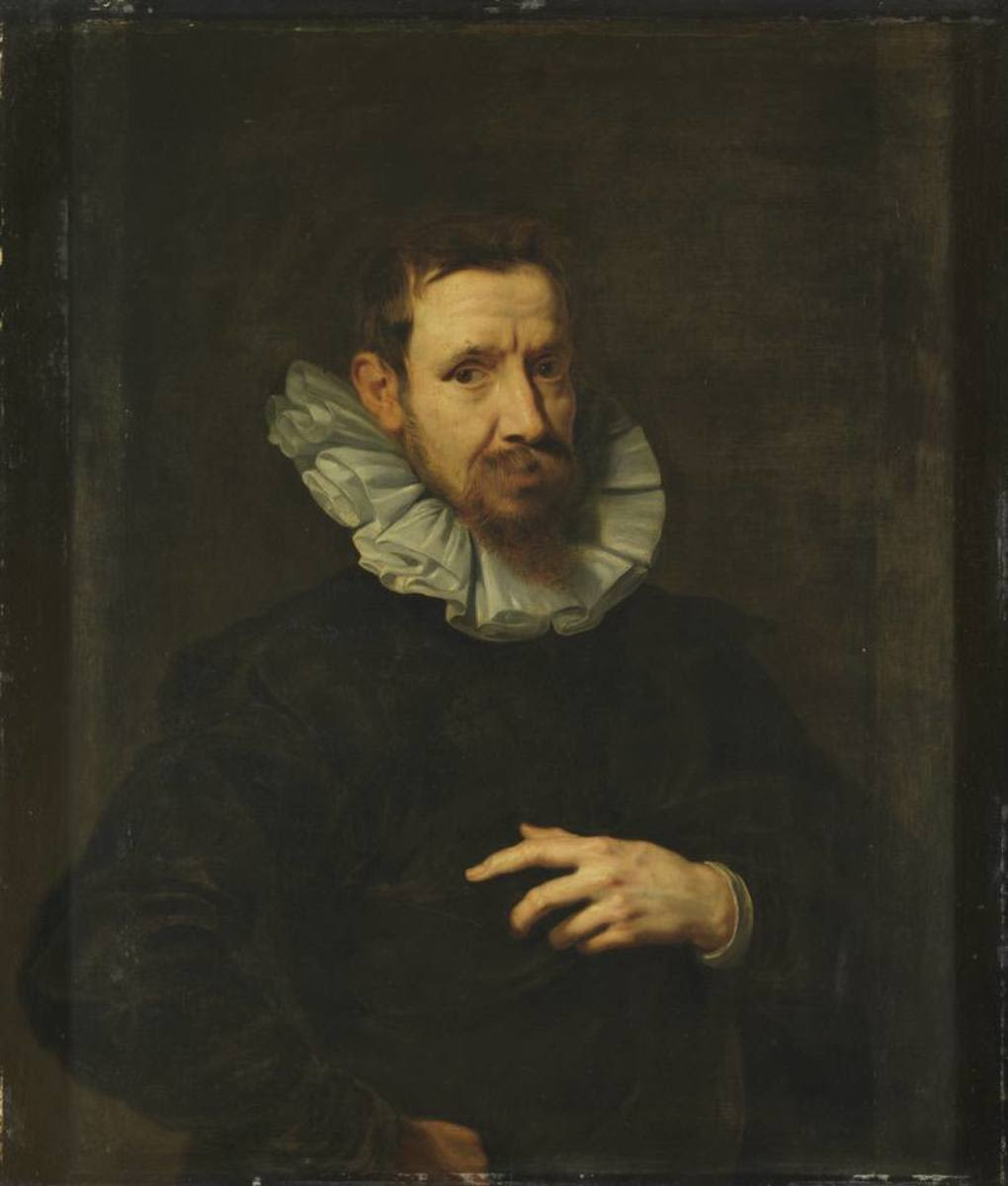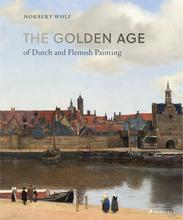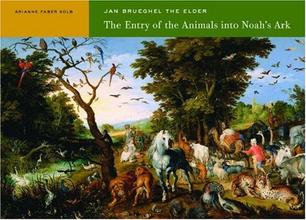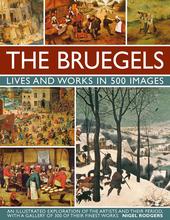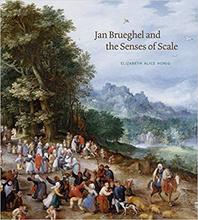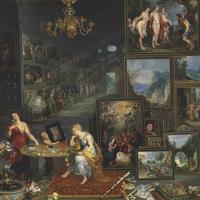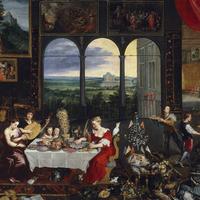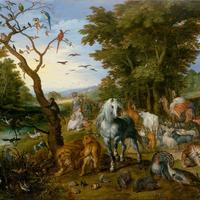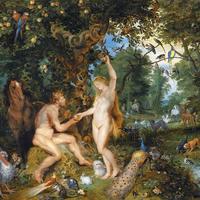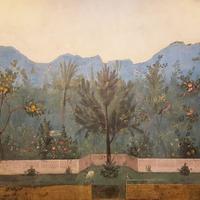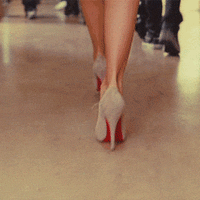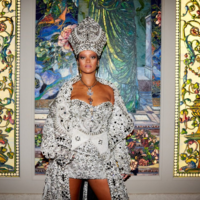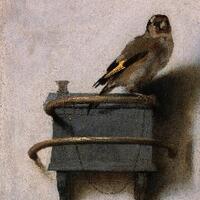More about Jan Brueghel the Elder
- All
- Info
- Shop
Works by Jan Brueghel the Elder
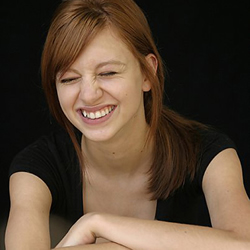
Sr. Editor
This Flemish painter had a host of bad nicknames that must have been bestowed upon him by his dad, Pieter Brueghel the Elder, who was also a famous artist from Brussels.
We’re thinking maybe Elder the Elder was jealous and so he convinced folks to call the younger Elder “Flower,” “Paradise,” or the particularly offensive “Velvet.”
But we digress. Artistry ran in the family and when Jan’s parents died he went to live with his grandmother, an artist in herself, who might have taught him and his brother to paint.
Influenced by time spent in Italy, he developed a unique style and found success in his own right. He wasn’t then afraid to collaborate on paintings, and he and Peter Paul Rubens famously tag-teamed over 20 works together.
Featured Content
Here is what Wikipedia says about Jan Brueghel the Elder
Jan Brueghel (also Bruegel or Breughel) the Elder (/ˈbrɔɪɡəl/, also US: /ˈbruːɡəl/;
Dutch: [ˈjɑn ˈbrøːɣəl] ⓘ; 1568 – 13 January 1625) was a Flemish painter and draughtsman. He was the son of the eminent Flemish Renaissance painter Pieter Bruegel the Elder. A close friend and frequent collaborator with Peter Paul Rubens, the two artists were the leading Flemish painters in the first three decades of the 17th century.
Brueghel worked in many genres including history paintings, flower still lifes, allegorical and mythological scenes, landscapes and seascapes, hunting pieces, village scenes, battle scenes and scenes of hellfire and the underworld. He was an important innovator who invented new types of paintings such as flower garland paintings, paradise landscapes, and gallery paintings in the first quarter of the 17th century. He further created genre paintings that were imitations, pastiches and reworkings of his father's works, in particular his father's genre scenes and landscapes with peasants. Brueghel represented the type of the pictor doctus, the erudite painter whose works are informed by the religious motifs and aspirations of the Catholic Counter-Reformation as well as the scientific revolution with its interest in accurate description and classification. He was court painter of the Archduke and Duchess Albrecht and Isabella, the governors of the Habsburg Netherlands.
The artist was nicknamed "Velvet" Brueghel, "Flower" Brueghel, and "Paradise" Brueghel. The first is believed to have been given him because of his mastery in the rendering of fabrics. The second nickname is a reference to his fame as a painter of (although not a specialist in) flower pieces and the last one to his invention of the genre of the paradise landscape. His brother Pieter Brueghel the Younger was traditionally nicknamed "de helse Brueghel" or "Hell Brueghel" because it was believed he was the author of a number of paintings with fantastic depictions of fire and grotesque imagery. These paintings have now been reattributed to Jan Brueghel the Elder.
Check out the full Wikipedia article about Jan Brueghel the Elder

